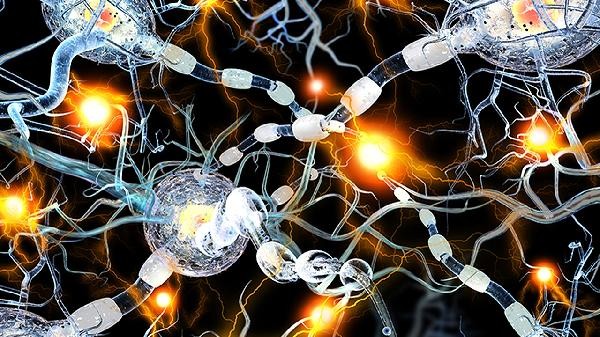The cure rate of non-small cell lung cancer is not directly related to genetic factors, but mainly depends on tumor staging, pathological type, and treatment plan. The key factors affecting the cure rate include early detection, genetic mutation status, patient physical condition, standardized treatment, and postoperative care.

1. Tumor staging:
Clinical staging is the core indicator that determines the cure rate. The five-year survival rate of stage I patients can reach 70% -90%, while that of stage IV patients is less than 10%. Early stage tumors can be completely removed through surgery, while mid to late stage tumors require a combination of radiotherapy, chemotherapy, and targeted therapy.
2. Gene mutation status: Patients with driver gene mutations such as EGFR/ALK are sensitive to targeted drugs and can significantly prolong survival. But genetic mutations belong to somatic mutations and are not directly inherited by offspring, with only a few familial lung cancer syndromes showing a genetic predisposition.
3. Pathological subtype:
Adenocarcinoma responds better to targeted therapy, while squamous cell carcinoma is more suitable for immunotherapy. The biological behavior differences of different subtypes directly affect prognosis, but there is no clear correlation between pathological types and genetics.

4. Treatment standardization: The completeness of radical surgery, the selection of radiotherapy and chemotherapy regimens, and the management of targeted drug resistance can all affect the final efficacy. These treatment process factors are not related to genetic characteristics.
5. Postoperative management:
Regular follow-up can timely detect recurrence and metastasis, and nutritional support and respiratory exercise can improve quality of life. Good health management can improve long-term survival rates and is an acquired factor. Although non-small cell lung cancer itself does not have direct heritability, it is recommended that individuals with a family history of lung cancer undergo regular low-dose CT screening. Maintaining smoking cessation, avoiding air pollution, and supplementing with antioxidant nutrients such as vitamin A/C can reduce the risk of disease. Confirmed patients should develop individualized plans through multidisciplinary consultations. Early cases should undergo active surgery, while late stage patients can try to participate in new drug clinical trials to gain more treatment opportunities.









Comments (0)
Leave a Comment
No comments yet
Be the first to share your thoughts!